 We often focus on heart health strategies during waking hours—exercising regularly, staying physically active, and eating nutritious meals. For instance, aerobic exercise strengthens the cardiovascular system by enhancing the heart's efficiency. With consistent training, the heart pumps blood more effectively, leading to benefits like increased left ventricle size, stronger contractions, and greater stroke volume. Similarly, limiting foods high in calories, saturated fats, and refined sugars helps reduce harmful byproducts like cholesterol, triglycerides, and excess sugar. But what about the hours we spend sleeping? Could your sleep habits be influencing your long-term heart health?
We often focus on heart health strategies during waking hours—exercising regularly, staying physically active, and eating nutritious meals. For instance, aerobic exercise strengthens the cardiovascular system by enhancing the heart's efficiency. With consistent training, the heart pumps blood more effectively, leading to benefits like increased left ventricle size, stronger contractions, and greater stroke volume. Similarly, limiting foods high in calories, saturated fats, and refined sugars helps reduce harmful byproducts like cholesterol, triglycerides, and excess sugar. But what about the hours we spend sleeping? Could your sleep habits be influencing your long-term heart health?
The Role of Sleep in Recovery:
Sleep plays a critical role in the recovery of muscles, tissues, and the central nervous system (CNS). During sleep, our brain cycles through non-rapid eye movement (NREM) and rapid eye movement (REM) stages, which are essential for overall recovery. A healthy sleep pattern also supports the body’s circadian rhythm—a natural, 24-hour cycle that regulates hormones, energy levels, and metabolic functions. For example, cortisol helps us wake up feeling energized, while melatonin prepares us for sleep as night approaches. Historically, circadian rhythms aligns with daylight, but modern lifestyles often disrupt these natural cycles.
Modern Sleep Challenges:
Today, many people work irregular schedules, leading to disrupted sleep patterns. In fact, about one in three adults struggles to get the recommended 7+ hours of quality, uninterrupted sleep each night. Without completing full sleep cycles, the CNS cannot fully recover, leaving the body in a heightened state of stress. This dysregulation affects hormones critical for the "rest and digest" functions, impairing recovery.
Consequences of Poor Sleep:
Chronic poor sleep impacts both mental and physical health. It diminishes cognitive function, causes fatigue, and can even lead to metabolic dysfunction. Sleep deprivation often results in less nutritious food choices, contributing to weight gain and a higher risk of obesity. Additionally, poor sleep disrupts metabolism, further compounding weight-related challenges.
Sleep and Heart Health:
Short sleep (<7 hours) has been linked to inefficient metabolism, reduced cognition, and low energy levels. It also keeps the body under prolonged stress, raising heart rate and blood pressure. Over time, these effects can harm cardiovascular health, increasing the risk of heart disease and cardiometabolic dysfunction. Combined with poor diet and low physical activity, chronic sleep issues heighten the likelihood of heart disease, diabetes, and vascular problems.
Tips for Better Sleep:
Improving your sleep environment and habits can significantly boost your sleep quality and heart health. Here are some actionable steps:
- Create a Sleep-Friendly Environment: Avoid screens emitting blue light before bed, reduce background noise, and keep your bedroom dark and cool.
- Time Your Activities: Avoid heavy exercise or large meals within three hours of bedtime.
- Stick to a Schedule: Consistent sleep and wake times help regulate your circadian rhythm.
- Exercise Regularly: Physical activity promotes better sleep quality.
- Optimize Your Diet: Eat nutritious meals and limit caffeine intake to 5–7 hours before bedtime.

If you’re struggling to establish healthy sleep habits, consider consulting a doctor or health coach for personalized guidance.

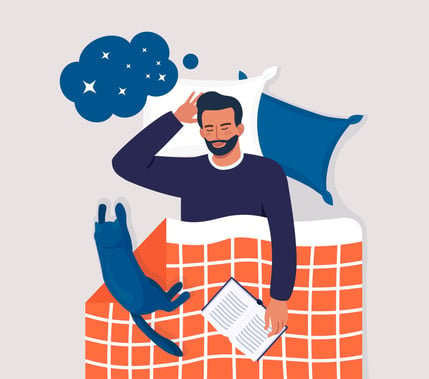 Roughly how many hours of sleep would you say that you average per night? Six hours? Ten hours? Now think about your fitness goals and the results you want to see from exercising. Are you where you would like to be, or are you on pace to get to where you would like to be? You can be doing everything correctly from the exercises that you perform, nutrition and supplementation, stress reduction, whatever it may be, and you aren’t quite getting the results you’re looking for.
Roughly how many hours of sleep would you say that you average per night? Six hours? Ten hours? Now think about your fitness goals and the results you want to see from exercising. Are you where you would like to be, or are you on pace to get to where you would like to be? You can be doing everything correctly from the exercises that you perform, nutrition and supplementation, stress reduction, whatever it may be, and you aren’t quite getting the results you’re looking for. 
 So, if you’re like me and have been scrolling through the various social media outlets out there, you might have been seeing an uptick in a very niche fitness trend. Lately it’s all I see on TikTok, and I will admit it is intriguing watching these people on social media freeze their butts off in a cold tub of water. Often, the results are hilarious as people realize how unbearable sitting in a tub full of ice water really is. I mean look at
So, if you’re like me and have been scrolling through the various social media outlets out there, you might have been seeing an uptick in a very niche fitness trend. Lately it’s all I see on TikTok, and I will admit it is intriguing watching these people on social media freeze their butts off in a cold tub of water. Often, the results are hilarious as people realize how unbearable sitting in a tub full of ice water really is. I mean look at 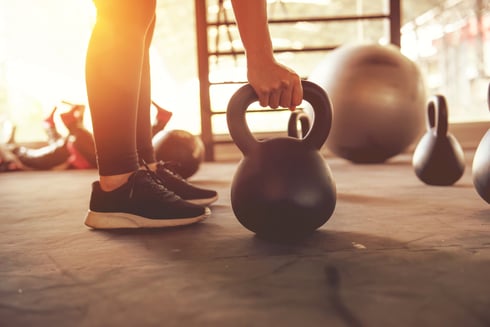 Trying to figure out the best time to work out can be a difficult decision when attempting to balance a healthy lifestyle with work, a social life, and other hobbies. Let’s look at the various benefits of working out at certain times of the day compared to others.
Trying to figure out the best time to work out can be a difficult decision when attempting to balance a healthy lifestyle with work, a social life, and other hobbies. Let’s look at the various benefits of working out at certain times of the day compared to others. 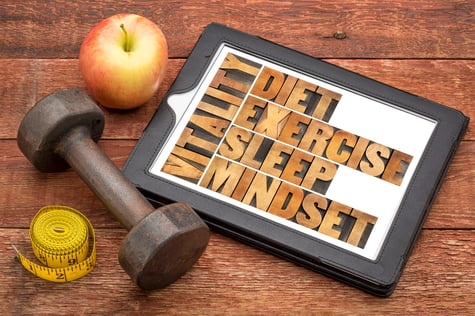 Let’s be real: a health journey is not always linear and not always easy. Sometimes it can be overwhelming and mucky. What do you do? Where do you start? What if you backslid and need to get back on track? There is so much to health, right? If you try to fix it all at once, you might become overwhelmed and at a greater risk of failure.
Let’s be real: a health journey is not always linear and not always easy. Sometimes it can be overwhelming and mucky. What do you do? Where do you start? What if you backslid and need to get back on track? There is so much to health, right? If you try to fix it all at once, you might become overwhelmed and at a greater risk of failure. 
 Picture this: You’re sitting in the car, in stop-and-go traffic. Your mood is just shot and all you want to do is get home. Now try this: Turn up the volume on your radio and let the music take over your soul!
Picture this: You’re sitting in the car, in stop-and-go traffic. Your mood is just shot and all you want to do is get home. Now try this: Turn up the volume on your radio and let the music take over your soul! 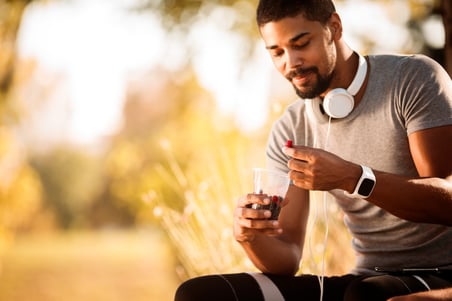 These past few weeks have been trying times for not only our families and friends, but also for the athletes we engage with on a daily basis throughout the year. In our position we must stay in a lead-by-example mentality. If we let ourselves go during this time, our athletes will notice and do the exact same thing. This is definitely a time of uncertainty and there are a lot of unknowns. Controlling what we can control on a daily basis is what will help not just us personally, but also those around us, to get through and come out of this on top.
These past few weeks have been trying times for not only our families and friends, but also for the athletes we engage with on a daily basis throughout the year. In our position we must stay in a lead-by-example mentality. If we let ourselves go during this time, our athletes will notice and do the exact same thing. This is definitely a time of uncertainty and there are a lot of unknowns. Controlling what we can control on a daily basis is what will help not just us personally, but also those around us, to get through and come out of this on top.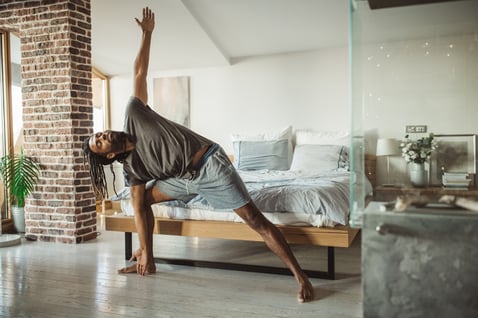 There are no definitive right answers on how we are supposed to individually succeed during a pandemic. We all cope, struggle, and win the day in our own ways. We can all feel a little lost and confused at times, and that’s completely normal as we cross bridges into territory we have never experienced in our lives.
There are no definitive right answers on how we are supposed to individually succeed during a pandemic. We all cope, struggle, and win the day in our own ways. We can all feel a little lost and confused at times, and that’s completely normal as we cross bridges into territory we have never experienced in our lives. 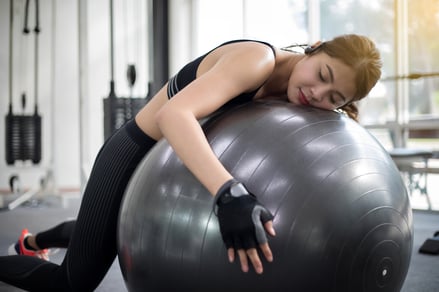 One of the most critical things we do for our health is sleep. Without sufficient sleep, we risk impairing cognitive function, developing chronic diseases and mental disorders, and even an early death.
One of the most critical things we do for our health is sleep. Without sufficient sleep, we risk impairing cognitive function, developing chronic diseases and mental disorders, and even an early death.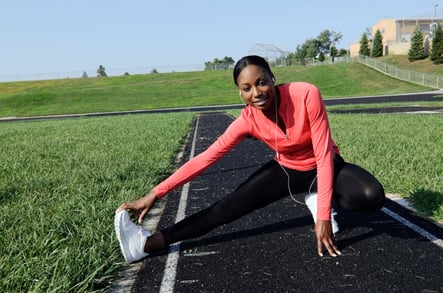 heard that exercise is good for health. The fitness industry has been growing significantly over the past decade. As of 2017, there were
heard that exercise is good for health. The fitness industry has been growing significantly over the past decade. As of 2017, there were ![GettyImages-627455550-[Converted]-new](https://www.nifs.org/hs-fs/hubfs/GettyImages-627455550-%5BConverted%5D-new.jpg?width=402&name=GettyImages-627455550-%5BConverted%5D-new.jpg)